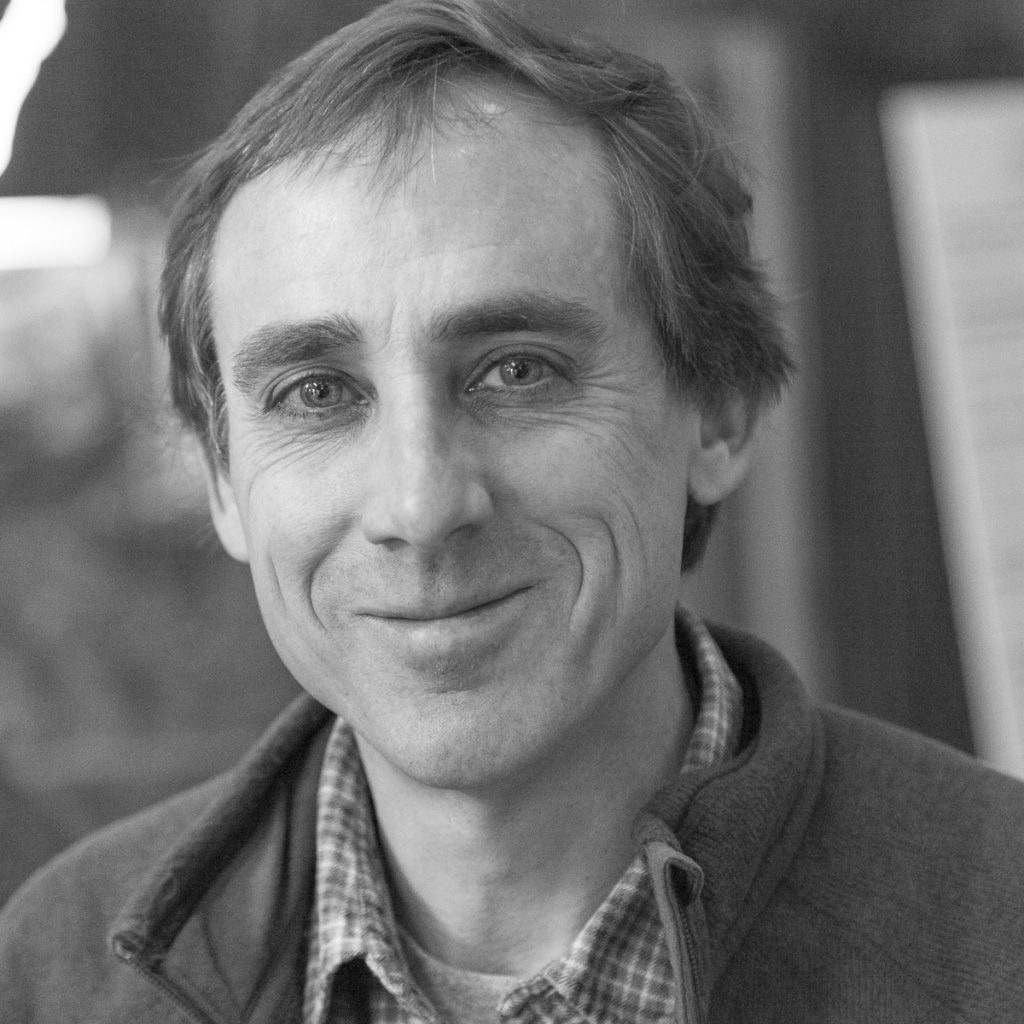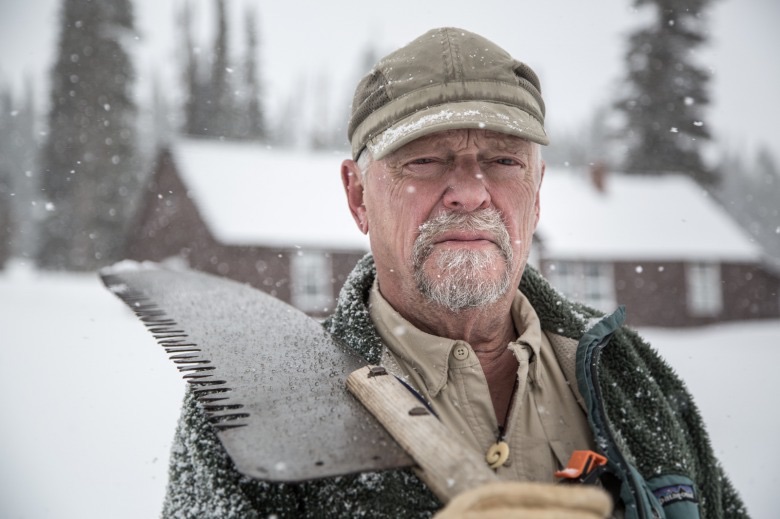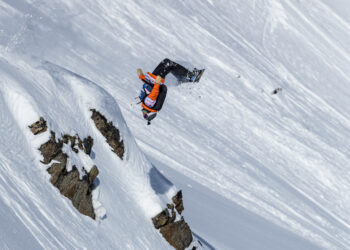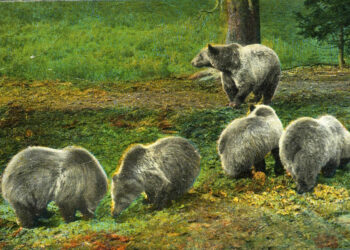
By Todd Wilkinson EBS ENVIRONMENTAL COLUMNIST
With the arrival of the solstice, we’re now officially entering winter. But consider just a few of the many paradoxes and ironies swirling around Yellowstone “winterkeeper” Steven Fuller.
Nearly half a century ago, when Fuller arrived in Yellowstone, the notion of human-caused climate change was, at best, a scientific abstraction. Now it’s regarded as not only the greatest threat to sublimely frigid winters he’s known and documented, but also stands to leave parts of Yellowstone that he relates to intimately as unrecognizable a century hence.
Today, legions of young people might daydream of having Fuller’s job in the middle of America’s first national park, but back in 1973 when he was hired as the only applicant, his position was regarded as a notorious hardship post where others had gone crazy—like being sent to a gulag on the movie set for “The Shining.”
As record numbers of visitors stream past Fuller’s rustic home on a highway below it in summer, his backyard, if based on the recovery of grizzly bears and restoration of wolves to the park, is actually wilder than when he first moved in.
The first time I encountered Fuller was in the summer of 1982. I was a college student who had come West to work in Yellowstone, like thousands of American young people used to do. My job was cooking meals for tourists in the dining room and cafeteria at Canyon Village, located near the north rim of the Grand Canyon of the Yellowstone.
Fuller was there taking photographs at the request of his wife, Angela, who oversaw the operations for park concessionaire TW Services, which over the years morphed into today’s Amfac. In an instant, hundreds of us smiled, our visages frozen in time, and then I seldom caught a glimpse of Fuller again, until four years later.
In 1986, I moved West permanently from a job with the City News Bureau of Chicago, where I wrote stories as a violent crime reporter. I had taken a job with the then-Jackson Hole News and during one of my first free weekends in the autumn, I drove north through the Tetons and spent a couple nights with the Fullers at their rustic home.
The two-bedroom structure rests a quarter-mile above the breathtaking river chasm and adjacent to a rise in topography where the famous Canyon Hotel, designed by architect Robert Reamer, stood until the 1950s when fire destroyed it. (Yes, that old edifice would have been a perfect fit for “The Shining.”)
Steve and I hit it off immediately. Little did we know that only a short distance away that same weekend, wildlife photographer William Tesinsky had been fatally mauled and partially consumed by a grizzly bear. Although covering homicides in the Windy City had, at times, been a hair-raising experience, this was a visceral reminder of what natural wildness meant.
Two years later, as I was covering the historic Yellowstone forest fires of 1988, Fuller’s residence came close to burning to the ground. It has been just one of many potential perils for Fuller: he was thrown from a horse when a startled grizzly rose from its daybed in Hayden Valley; another time he was nearly crushed when four-ton ice sheets tumbled off roofs; he’s stranded snowmobiles and had to walk a dozen miles home at 40 degrees below zero.
Fuller is a living legend, the longest-serving winterkeeper in Yellowstone’s history. Winterkeepers originally were tasked with shoveling the heavy snows off structure rooftops in the park interior to prevent them from collapsing. Modernity, however, is steadily rendering those jobs obsolete, with advances in snow-machine technology making a place like Canyon seem less remote.
“Wilderness?” Fuller says. “There are still wild places in the world, not so many left in the Lower 48 … enclaves where you can die in a wild natural way, but few of them are out of cell range, certainly not out of SAT phone range, so you don’t have that feeling of autonomous utter self-dependence where the only helping hand lies at the end of your arm. You screw up, you die, or at least suffer the consequences.”
During the mid-1970s, National Geographic published an essay with photographs by Fuller. It was one of the reasons I became enticed by summer employment there. Reading the story today seems like an ancient time.
Amassed over his tenure is an extraordinary portfolio of images he’s personally taken and each carries with it stories. Over the last few years, Fuller has penned a column, “A Life In Wonderland” for the non-profit news outlet Mountain Journal (mountainjournal.org), which I founded. He shares observations and insights about the interior of Yellowstone that put into perspective the notion of the national park as a realm set apart.
“His situation has allowed him to spend an immense amount of contemplative time in a wild landscape in order to develop his way of seeing,” Doug Peacock, the noted author, Green Beret medic in Vietnam, environmental activist, and friend of the winterkeeper told me more than 20 years ago in a story I wrote for The Christian Science Monitor. “Fuller’s great value to us is his way of being the shaman who goes out into … the other world.”
As former park historian Lee Whittlesey noted, there is unlikely to ever be another like Steve Fuller in Yellowstone, nor a Yellowstone as Fuller has intrepidly witnessed.
Todd Wilkinson is the founder of Bozeman-based Mountain Journal and is a correspondent for National Geographic. He’s also the author of the book Grizzlies of Pilgrim Creek about famous Jackson Hole grizzly bear 399.















